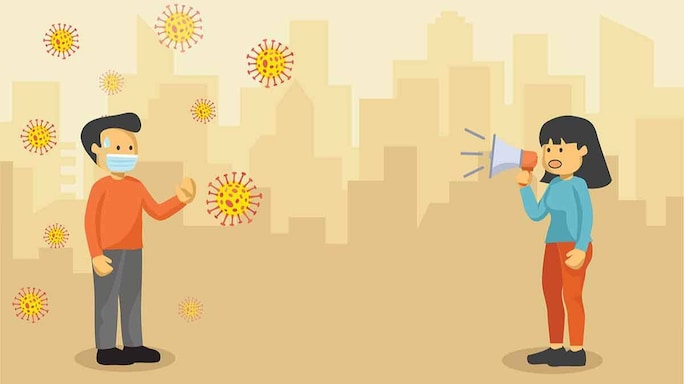- HOME
- /
- Health & Wellness
- /
- Health
- /
Namaste COVID: How To Practise Social Distancing
Protect yourself and others by limiting your exposure to potential carriers of the novel coronavirus
 Photo: Shutterstock
Photo: Shutterstock
On 11 March, 2020, the World Health Organization (WHO) officially declared COVID-19 a pandemic for the first time since the emergence of swine flu in 2009.
To counter the lightning-speed proliferation of this highly infectious ailment, organizations and governments across the globe have undertaken massive public health safety measures to contain the spread of disease, including the policy of social distancing, described by the Centre for Disease Control in the US as “remaining out of congregate settings, avoiding mass gatherings, and maintaining distance”.
All this means is you should stay away from other people as much as possible, especially from the elderly who are more vulnerable to the illness or maintain a minimum distance of at least three feet from each other to minimize the possibility of transmitting the virus.
This idea of self-quarantine has great merit. SARS-CoV-2 is very easily transmitted from person to person and symptoms of the disease it causes, COVID-19, only appear around 10 days after the first contact. This means you may not even be aware that you are infected and can unwittingly endanger others by being around them.
Limiting COVID’s spread is vital, not only to protect public health but also to make sure that hospitals and resources are not overwhelmed by a massive number of infected people who, at that point, may not be able to get the level of care they need. Coupled with basic hygiene practices, experts are encouraging social distancing as a strong step in the fight against this pandemic.
Here are some of the ways in which you can practise social distancing:
- Avoid public transport options that typically see a high footfall such as trains, metros, buses. Try opting for single passenger options such as taxis, while of course maintaining personal hygiene precautions. If you must take the bus, train or metro, try to avoid peak, rush hours and getting into crowded vehicles, or even elevators and queues.
- With many offices now allowing work from home options, stay home as much as possible and avoid stepping out of the house unless there is an emergency. If you must go to the office, keep distance from others and avoid common workplace areas such as meeting rooms, office bays, cafeterias and work stations. Stop all non-essential travel as well.
- Authorities in many countries are discouraging and even banning, any organized effort that allows large groups from congregating in one place, such as concerts, tournaments, fairs, movies and other such events. However, refrain from joining any group activity even on a small scale, such as club meetings, community gatherings or even house parties.
- Handshakes and other forms of greetings that involve direct physical contact are best avoided. People have come up with various alternatives to exercise this, including the amusing ‘elbow touch’ and Wuhan shake (tapping one’s shoes with your own instead of touching bare hands), or the traditional ‘namaste’ folded hands option.
- Opt for in-home entertainment options such as ordering in, watching movies or shows through online streaming platforms, reading or playing board-games or video games.






